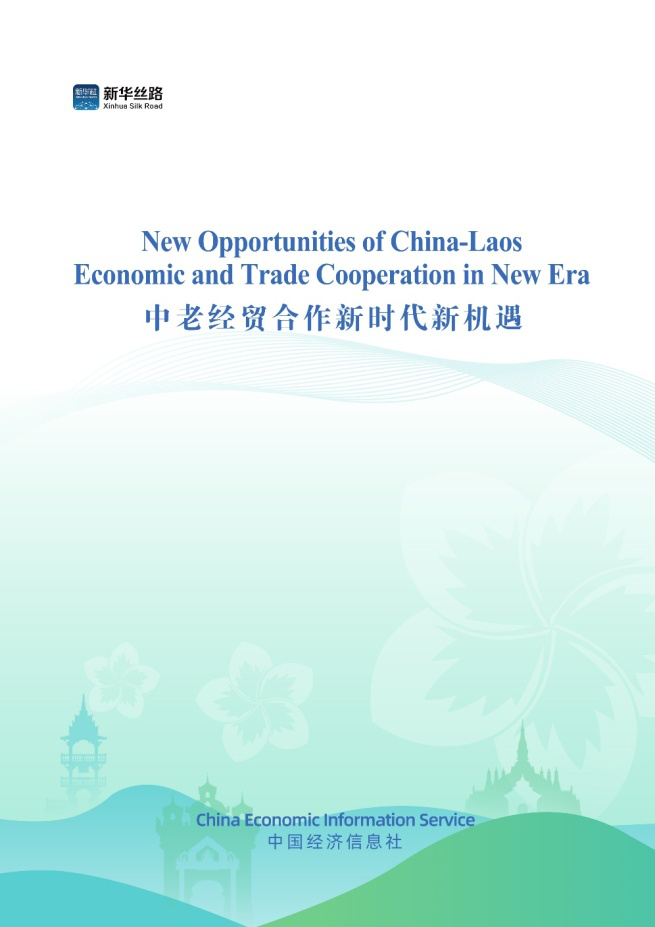CEIS releases report on China-Laos economic & trade co-op in Vientiane
China Economic Information Service (CEIS), a subsidiary of Xinhua News Agency, released a bilingual report in Chinese and English on new opportunities of the China-Laos economic and trade cooperation in the new era during the second Belt and Road Forum for Laos-China Cooperation held in Lao capital Vientiane on Thursday.

The report mainly presents the fruitful results achieved in bilateral economic and trade cooperation, the key cooperation projects between the two countries, and the vast opportunities for bilateral cooperation in the future.
It points out that the current China-Laos relationship is at its best in history, with trade and investment cooperation growing rapidly, industrial investment fields keeping expanding and financial services continuing to be optimized, driven by a series of bilateral and multilateral mechanisms.
With effective alignment of the China-proposed Belt and Road Initiative (BRI) and Laos' strategy of turning from a land-locked country into a land-linked country, China and Laos have carried out a series of effective cooperation in interconnection, production capacity and park construction, says the report.
By taking the China-Laos Railway, the Mohan-Boten Economic Cooperation Zone and other key bilateral cooperation projects as examples, the report notes that the cooperation with China has not only generated employment opportunities and fiscal revenue for Laos, but also boosted Laos' cooperation with neighbouring countries which will benefit its long-term development.
According to the report, the bilateral trade between China and Laos has increased from 2.74 billion U.S. dollars in 2013 to 5.68 billion U.S. dollars in 2022. The monthly passenger traffic of the China-Laos Railway, a benchmark project under the BRI, has increased from more than 600,000 at the initial stage of opening to over 1.1 million, with goods transported via the line expanding from more than ten categories to over 2,700 categories.
As the bilateral trade and investment cooperation has been increasingly expanding to new industrial sectors in recent years, the report suggests Chinese enterprises pay more attention to cooperation opportunities in emerging fields such as new energy, digital economy, information and communication technology, apart from traditional sectors such as mining, transportation, warehousing and logistics, etc.
The report is now available in Xinhua Silk Road Database (https://en.imsilkroad.com/login). Click https://en.imsilkroad.com/login to register an account and log on the Database to get the full report in the "Reports-Special Reports" section. (Edited by Gu Shanshan, gushanshan.1987@163.com)
- CEIS releases China-Hungary investment and cooperation report in Budapest
- China's COMAC airplanes arrive in Laos for static display, demonstration flight
- Laos-China cultural tourism promotion association established
- Chinese, Lao grid joint venture launches operation
- China's top political advisor meets with leader of Lao Front for National Construction

